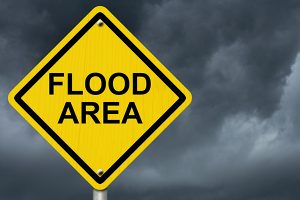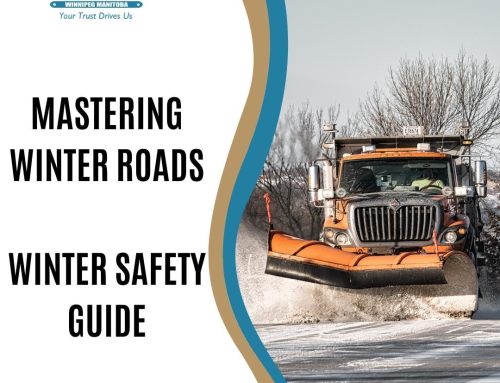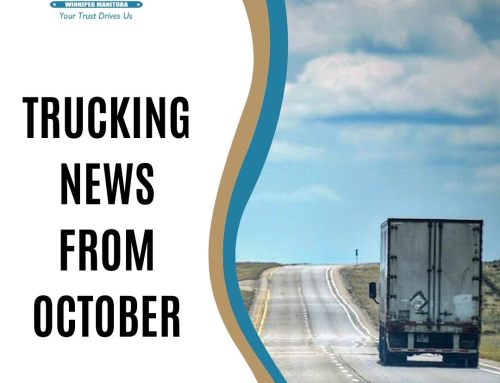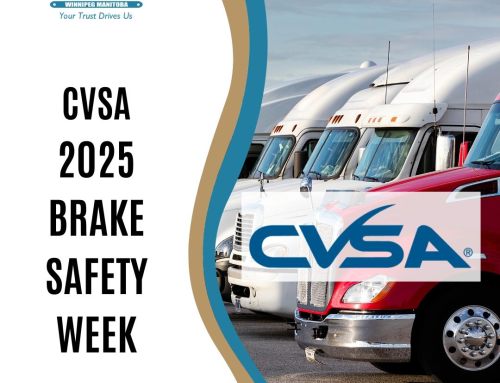 A flash flood is caused by heavy or excessive rainfall in a short period of time, generally less than 6 hours. Flash floods are usually characterized by raging torrents after heavy rains that rip through river beds, urban streets, or mountain canyons sweeping everything before them. They can occur within minutes or a few hours of excessive rainfall.
A flash flood is caused by heavy or excessive rainfall in a short period of time, generally less than 6 hours. Flash floods are usually characterized by raging torrents after heavy rains that rip through river beds, urban streets, or mountain canyons sweeping everything before them. They can occur within minutes or a few hours of excessive rainfall.
Flash floods are the number one weather-related killer in the United States, with most of the fatalities happening because people try to drive through deadly waters rather than avoid them. During flash floods, the water’s powerful force can easily overtake vehicles.
How to Stay Safe During a Flash Flood
Pay attention to the weather warnings. A flood warning means that flooding is imminent or occurring. If you are in the area where a flood warning has been issued, leave, or at the very least, get to higher ground. If you are heading to an area where a flash flood warning has been issued, you should stop before your final destination and not put yourself in harms way. Resume your trip once the warnings have been lifted.
Pay attention to barricades – they are there for a reason. If you come across a barricade you will need to find an alternate route.
Even a small amount of standing flood waters can be a risk. While 12 inches of flood waters may not be enough to stall out your truck, although that is all it takes to stall smaller vehicles, roads covered by water are prone to collapse. If you come upon a flooded street, take an alternate route.
Driving Through Flood Waters
Take extra precautions if you are forced to drive through flood waters, but avoid it at all costs. Two feet of moving water can sweep your vehicle away plus there is no way to know for sure just how deep the water may be or how bad the situation is further ahead.
If no alternate route exists and you have no other reasonable alternative but to drive through standing water:
- Do your best to estimate the depth of the water by using other vehicles as a guide.
- Drive slowly and steadily through the water.
- Avoid driving in water that downed electrical or power lines have fallen in.
- Watch for items traveling downstream — they can trap or crush you if you’re in their path.
- If you have driven through water up to the wheel rims or higher, test your brakes on a clear patch of road at low speed.
Getting Stranded in Flood Waters
If you get stranded in flood waters, the first thing to remember is: do not panic. You are going to be forced to make some decisions and it will be best to do this with a clear head. You will need to decide if it is best to remain in your vehicle or abandon it for your own safety.
In a semi truck, the chance of floating away in calm waters is slim to none however if the water is high enough and the current strong enough, your truck can get swept away. In calm waters, you are going to be safe in your truck providing there are no immediate threats to your safety. Call for assistance and wait for rescue.
At Len Dubois Trucking safety is our number one priority. We understand no delivery time is so important to take unnecessary risks. When our drivers conclude they need to shut down due to bad or severe weather they just need to contact dispatch and clients/consignees affected. If you are prepared and plan ahead you can avoid finding yourself in a bad way. Severe weather will only be a delay.




